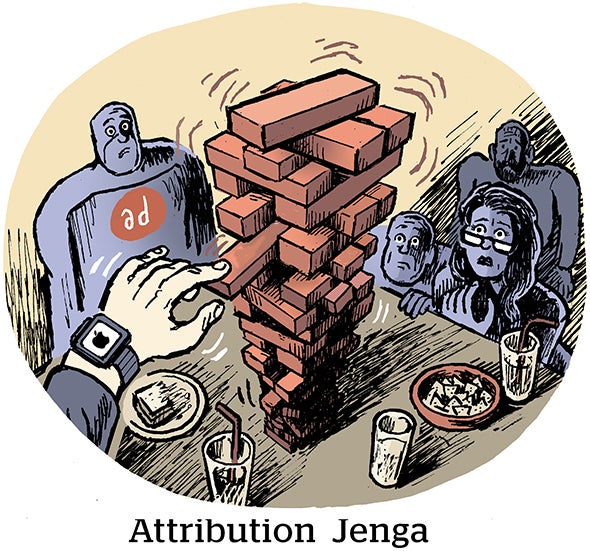 Your sales team may not be as happy as you think they are: New research from Gartner finds that 24 percent of inside sales people are actively looking for new jobs.
Your sales team may not be as happy as you think they are: New research from Gartner finds that 24 percent of inside sales people are actively looking for new jobs.
Dissatisfaction with their compensation packages, problems with managers and the level of respect the organization shows employees are the three most common factors causing sales reps to think about jumping ship, according to the recently released Global Labor Market Survey from Gartner.
Sales leaders are faced with a high turnover risk, notes Matt Dudek, VP in the sales practice at Gartner. “To avoid this, sales leaders not only need to craft a compelling employee value proposition to attract high-quality candidates to inside sales roles, they must make sure they are delivering on the proposition to retain talent in a competitive labor market.”
What are sales reps looking for in a new role? More engaging work, more development opportunities, a friendlier work environment, better managers and a 15 percent increase in compensation.
You May Also Enjoy:
- Avoiding B2B Marketing and Sales Disconnect
- Oracle Increases Sales Enablement With Refined Content Creation Process
- Three Tips for Connecting With B2B Buyers
Of course, while a good compensation package is important, it isn’t the only factor sales professionals. In Gartner’s research, nearly 60 percent of inside sellers surveyed didn’t choose compensation as one of their top five sources of dissatisfaction at prior employers.
Interpersonal factors can motivate sales reps by helping them improve their work-lie balance. Reps are also inspired by more engaging work challenges and personal development opportunities. These non-monetary factors should be emphasized in job postings.
“While competitive compensation is an obvious lever for attracting and retaining inside sales talent, it is often an expensive and temporary fix that covers more fundamental issues with a role,” says Dudek. “By focusing on the most common reasons inside sales staff quit beyond compensation, sales leaders can decrease turnover and potentially realize efficiency and effectiveness gains as a result.”



